Queens Garden -> Navajo Loop
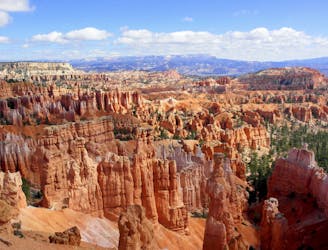
The most popular hike in Bryce Canyon National Park.
Easy Hiking
- Distance
- 4.9 km
- Ascent
- 189 m
- Descent
- 189 m
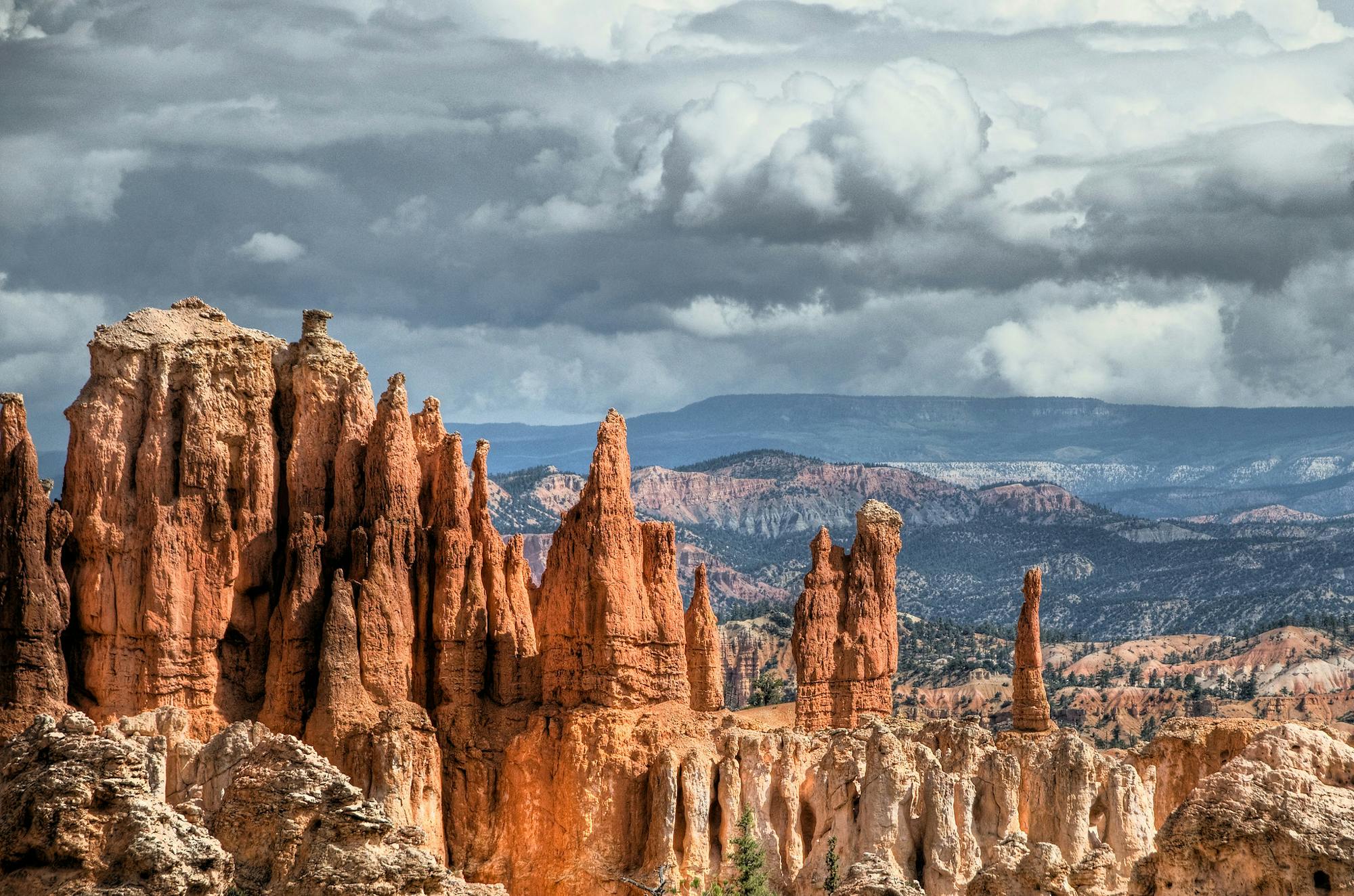
Bryce Canyon is a small but spectacular national park, and a wonderland for hikers in any season.
Hiking Easy, Moderate, Difficult

Bryce Canyon is well known for some of the most scenic hikes in any national park, namely the Queens Garden and Navajo Loop trails which wander among a mind-blowing assortment of the park’s famous hoodoos. These are “irregularly eroded spires of rocks,” as explained by the national park website, but that description undersells the true grandeur of this landscape.
From the rim of a pine-forested plateau, the rocks of Bryce fall away in slopes and spines of brilliant orange, red, and pink. Assemblages of columns appear from afar as continuous, wavy ridgelines, but up close, the cracks and gaps reveal each hoodoo as its own structure eroded uniquely from the rest. Bryce Canyon may, in fact, have the greatest concentration of hoodoos anywhere in the world. It’s a dreamscape for photographers as well as a playground for hikers.
Unlike many national parks, however, Bryce does not have a huge trail network or vast wilderness areas. Most of its trails make for moderate day hikes, though they dive deep into surprisingly complex terrain of canyons and amphitheaters, skimping nothing on scenery among the vivid geology. Those who want to hike far can make various loops by linking trails, and they can still find something new around every corner. For backpackers, the park has two backcountry trails: Under-the-Rim and Riggs Spring Loop.
Bryce is really a park for all seasons. Summer sees the most visitors, when the 8,000-foot plateau remains breezy and cool while the surrounding desert sears. Monsoons can put a damper on summer afternoons with rain and hazardous lightning, but when the storms clear, the hazy sunsets are magnificent. In the fall, aspen and oak trees change color and the cold settles in, but daytime temperatures are perfect for hiking. Winter is truly spectacular when snow falls on the orange hoodoos. For the best views following a snowfall, get into the park early before the sun melts it away. The main overlooks remain open through the winter, but lesser-traveled roads close, allowing hikers to easily find deserted vistas. Note that some trails may close periodically for winter hazards as well. In spring, the last ice on the trails thaw out, rivulets flow through the rocks, and flowers add even more color to the scene. The entire park opens up, but without the brunt of the crowds. No matter the time of year, try to allow time for hiking multiple trails to get beyond the token overlooks and find the park’s more hidden attractions.

The most popular hike in Bryce Canyon National Park.
Easy Hiking
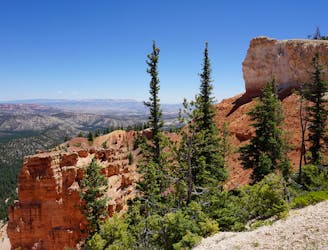
A peaceful day or overnight loop in the lesser-traveled reaches of Bryce Canyon National Park.
Difficult Hiking
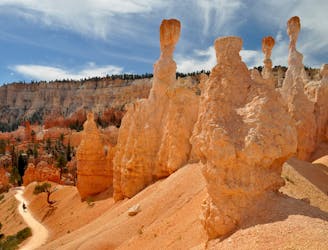
Marvel at a feast of rock formations along this twisting loop through the best of Bryce Canyon.
Difficult Hiking
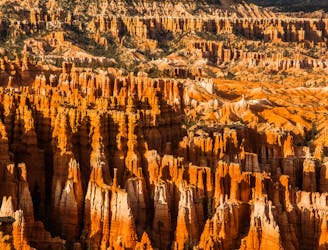
Take a short or long walk on the edge of the plateau, gazing over the entire Bryce Amphitheater from above.
Moderate Hiking
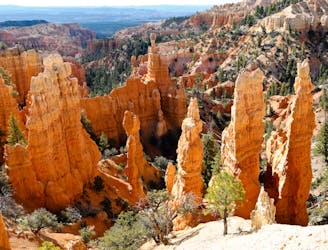
Let your imagination run wild among a maze of fantastically shaped hoodoos and other formations.
Difficult Hiking
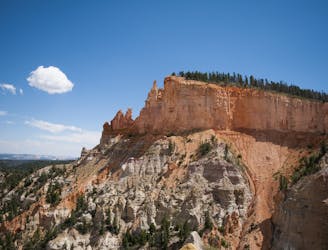
Bryce Canyon’s premier backcountry trail, far from the crowds and with secluded campsites for backpackers.
Difficult Hiking
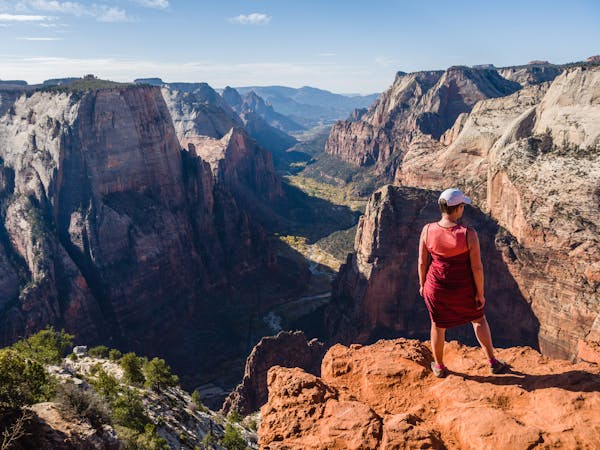
11 routes · Hiking
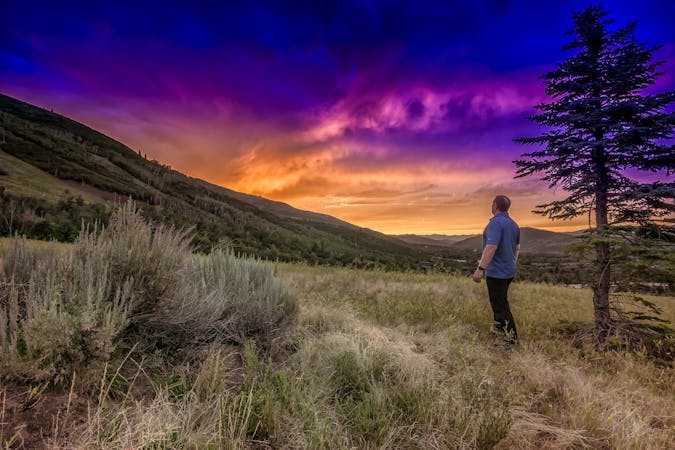
14 routes · Hiking
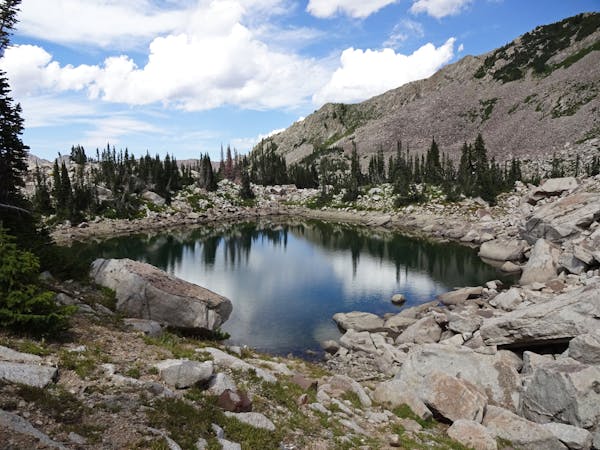
10 routes · Hiking
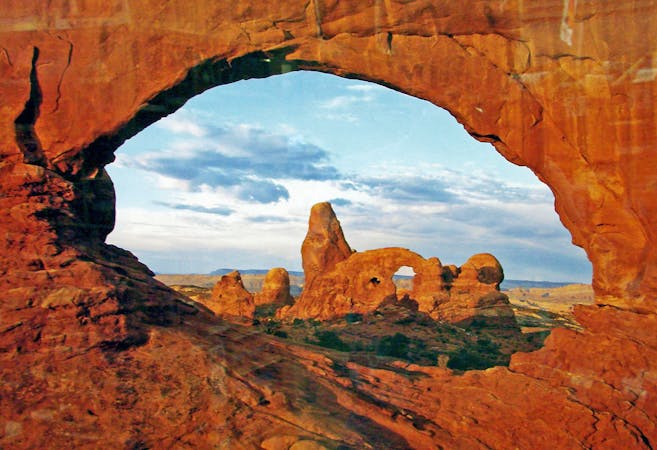
6 routes · Hiking
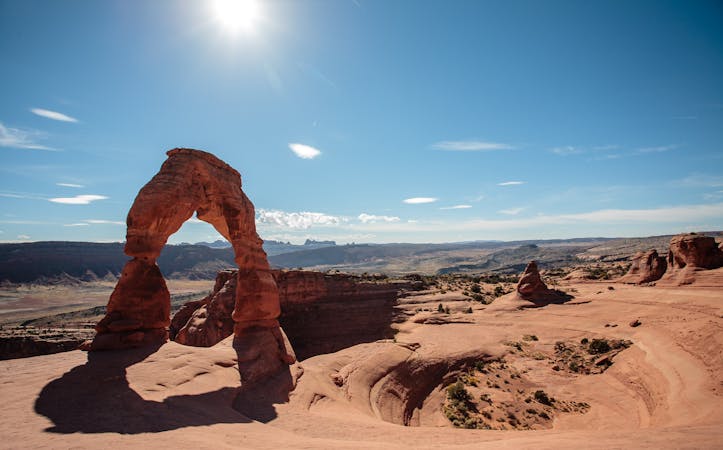
14 routes · Hiking

4 routes · Mountain Biking · Hiking

10 routes · Hiking
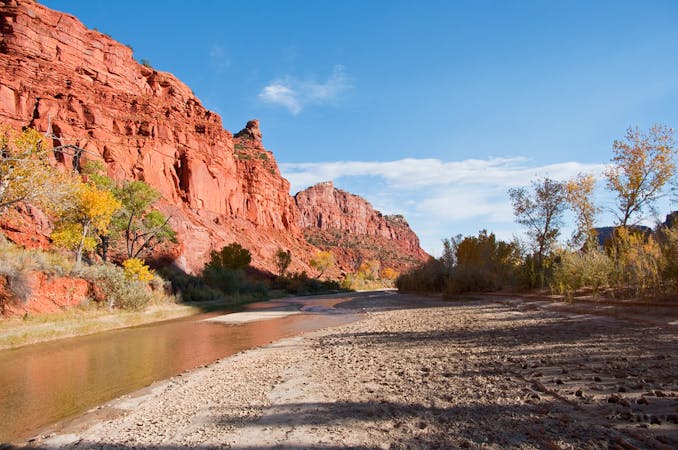
14 routes · Hiking
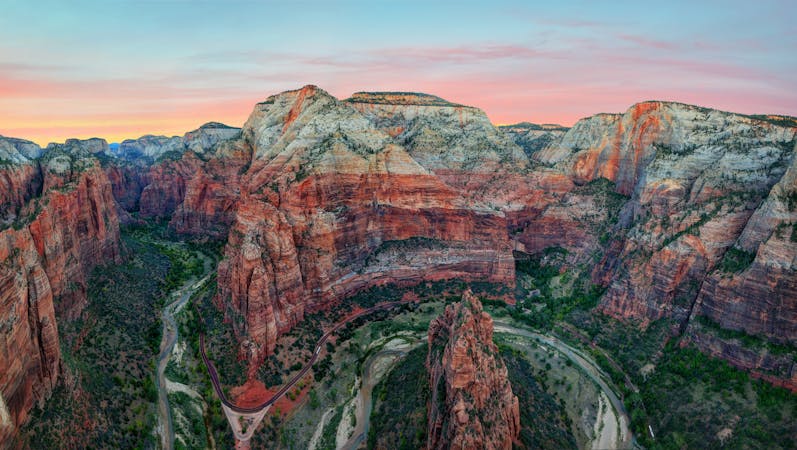
25 routes · Alpine Climbing · Hiking

10 routes · Hiking